Before they have a moment to think about it, buyers will compare your cover to books they already know and love. Novels, cookbooks, travel books, joke books, and memoirs each have a unique style that buyers EXPECT to see, so study recent bestselling titles in your genre to emulate the cover designs. If your cover looks like a bestseller, buyers will feel comfortable giving an unknown author a try.
Tip #1: Tell your buyer what your book IS.
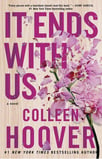



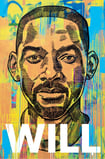
Tip #2: Tell your buyer if your book is a SERIES.
If you are writing a book series, all the covers should be planned before the first cover is designed so they will go together.
Here, each book's title treatment, image composition, and color palette are similar, which carries the series brand, even though the fonts and photos differ.
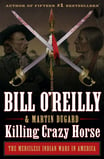

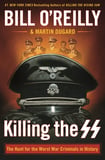
Tip #3: Tell your buyer what’s inside.
Once we have an idea of how the cover should look, we need to think about what makes a cover work with the cover text.
Remember, buyers don’t know a thing about your book…yet. We have to tell them what your book is about. Will it entertain, educate, or solve a problem? Buyers will happily send us money if the answer is a definite “yes.” If the answer is “maybe,” buyers may browse to another book.
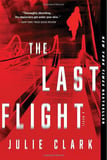
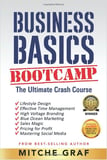
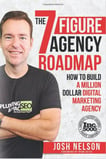
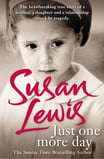
Your title should be straight to the point. Short words and titles lend themselves to eye-catching design; they’re easy to remember and easy for you and others to say.
In non-fiction, compelling titles don’t always tell us enough. Subtitles support and explain the title.
Pack your title and subtitle with keywords, so your book pops up online, even if someone is not shopping for a book at that moment.
Look at all the highly searched keywords on these covers!
Once the words are down, your cover design should have a clear hierarchy so the reader gets the most important message first.
Our eyes naturally go to the most prominent or brightest item on a page.
Unless you are already famous, your name should be small.
The cover design must also capture the mood of the book.
Tip #4: Avoid front cover clutter.
Should you put additional text on your cover, such as endorsements, a foreword, or awards?
If everyone in the public would recognize the endorser’s name or the award, go ahead. Lesser-known people and awards can go on the back cover or inside the book.
Too many messages confuse buyers, and confused buyers don’t buy.
Tip #5: The back cover closes the sale.
If the front cover has done its job, it pulls the buyer to the back cover (or the online text). The back cover closes the sale. Every word counts. If it doesn’t sell your book, leave it off.
Today, buyers don’t want to read 700 words. They want information, and they want it fast—300 words or less, including a headline, summary, bullets, and a call to action.
Should you put your bio on the back cover? It depends. If your bio establishes your authority to write the book, yes. Otherwise, put the bio inside the book. Do not waste back cover space with your picture or a repeat of the title and subtitle. Use every square inch to sell your book.
Tip #6: The spine says, “Pick me!”
The book's spine has one purpose: to be seen from a distance. Some books are too thin to do much with the spine, but when you have the room, give the design a lot of consideration.
Use as few words as possible, as large as possible, and emphasize the word or words that will draw the buyer’s attention.
The front cover image or pattern can sometimes be wrapped around the spine.
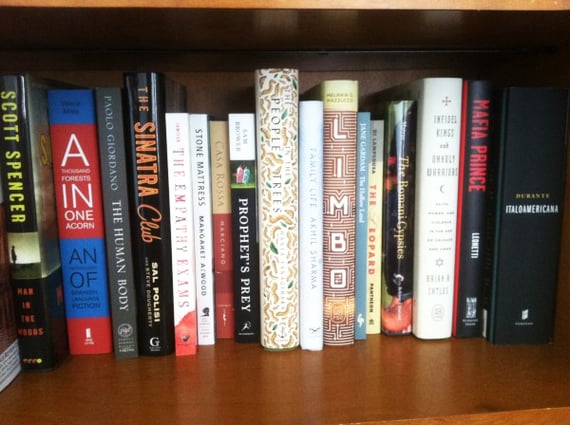
Tip #7: Hire an expert, then protect yourself with questions.
As you can see, there’s much to think about on the cover. It’s your book’s all-important first impression. Every tweet, every blog post, and every press release will eventually lead buyers to your cover. You have just a few seconds to capture and hold their attention.
Book cover designers are trained and experienced to help.
Finding an inexperienced book cover designer is easy. Finding a great cover designer is a little more involved.
- Review the designer’s portfolio online, but don’t look at the portfolio in isolation. Open two windows in your browser and compare the designer’s samples to the bestsellers to ensure the designer works at that level.
- Choose a designer who specializes in book cover design. Creating a good book cover takes a lot of practice. Talented graphic designers who create beautiful brochures often cannot capture the unique look of a book cover.
- Check the designer’s reviews at watchdog groups such as the Alliance of Independent Authors (Alli) at https://selfpublishingadvice.org/best-self-publishing-services/, or Google the designer’s name + complaints to see what pops up.
- Designers are independent business owners who work differently, so it’s important to clarify expectations at the start. An experienced designer will put everything in writing.
- Ask about the designer’s process, rates, and turnaround times.
- How many revisions are included?
- Are finished full cover files with a barcode for KDP and IngramSpark included? Every week, we are approached by authors who found out too late that the answer was “no.”
- If you have a deadline, please mention this up front so your project can be scheduled accordingly.
Creating a great book is not for the faint of heart. It takes a lot of effort to write a book and even more effort to package it for the public. When discouragement sets in, here are three good reasons to carry on:
- Reviewers will know. They understand all the issues outlined here and will flag your book as an amateur production the minute they see mistakes.
- Buyers will know. They may not know the rules, but they instinctively understand quality when they see it.
- You will know that you and your designer produced a great book and that pride in craftsmanship will manifest in your smile, tone of voice, and everything you do to market your book.













